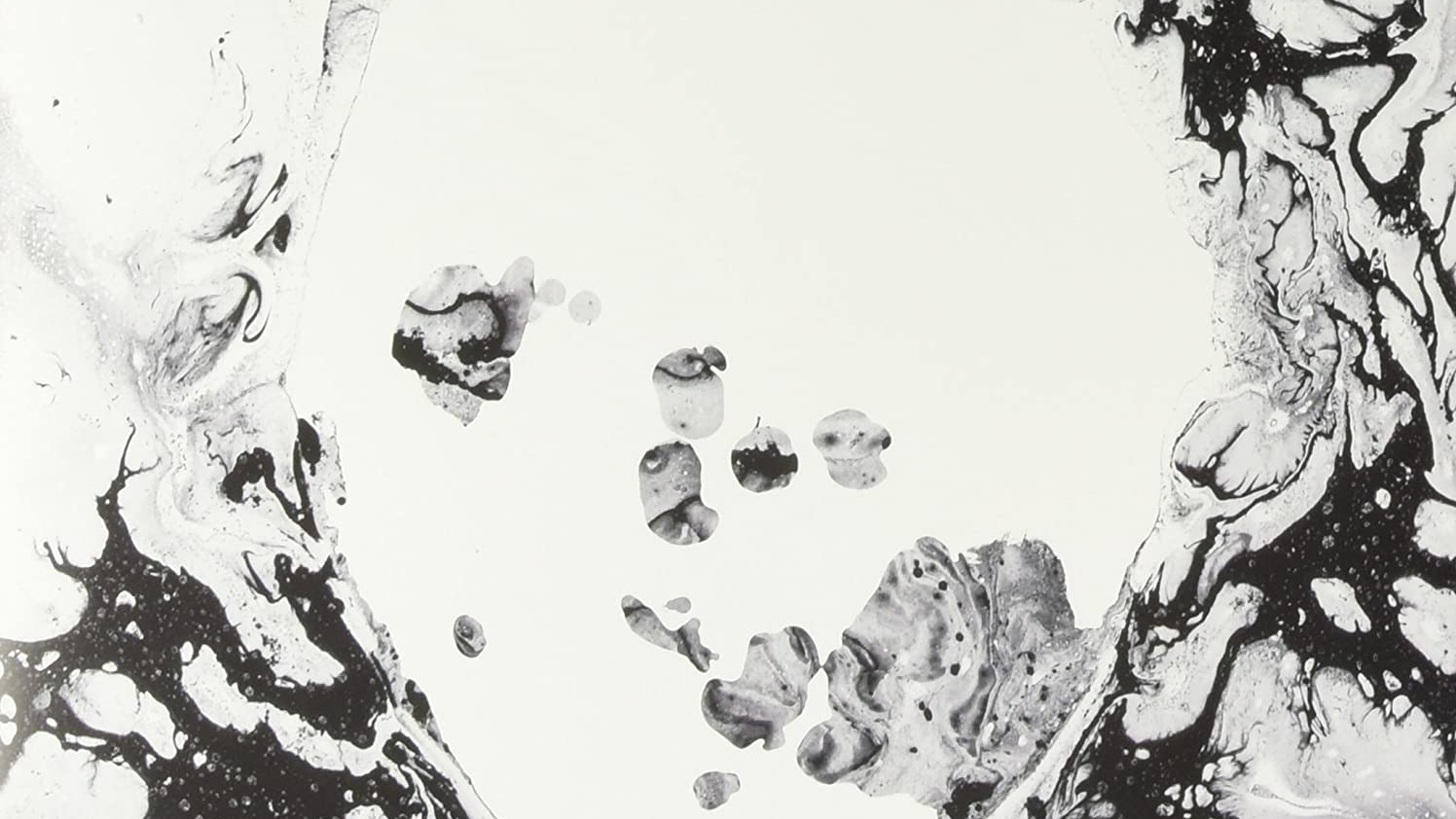8 reasons you should keep buying 4K Blu-ray discs
For true movie enthusiasts who value the highest quality viewing, movie discs are still the way to go. Here's why...
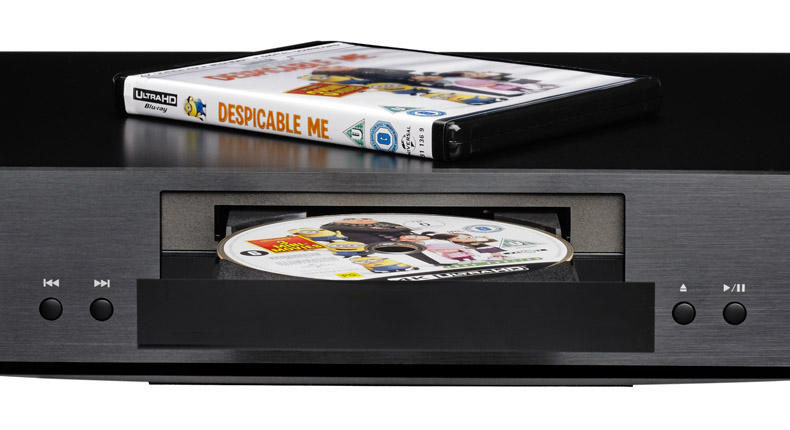
Oh joy – the disc doom-mongers are out in force once more. Buoyed by new US sales stats out this week from VideoScan/MediaPlayNews showing that the video disc market shrank almost 20 per cent over the first quarter of 2022, following a similar sort of drop in 2021, the streaming savants are again weirdly celebrating the supposedly imminent demise of physical media and the move to a brave new home entertainment world where nobody really owns anything and everything is just pixels in a broadband pipe.
Fortunately for those of us who care about both the quality of the AV experience and having something not just tangible but potentially quite beautiful to show for our money, rumours of the death of the movie disc are greatly exaggerated.
Let’s break down in detail the advantages of buying films on disc for the naysayers to chew on.
1. Better picture quality

First there were DVDs, then there were Blu-rays, and now there are 4K Blu-rays. And in all three cases, these disc-based film formats were the last word in picture quality at the time they were ‘born’.
So obvious and understood have their advantages been, in fact, that DVDs and Blu-rays are still sold in large quantities despite the arrival of the truly spectacular 4K Blu-ray format.
Each disc format when it’s appeared has delivered clear advantages over other video delivery formats of their day in terms of resolution/sharpness, clarity, freedom from compression noise, and colour rendering – and that continues to be the case with knobs on when it comes to 4K Blu-rays.
Provided they’re mastered well (which the vast majority are), 4K Blu-rays deliver a sublime combination of native 4K resolution, support for the extended light range of high dynamic range technology and, perhaps most important of all, support for data bit rates of more than 100Mbps.
The latest hi-fi, home cinema and tech news, reviews, buying advice and deals, direct to your inbox.
When it comes to picture quality in the digital age, bit rates are hugely important. The more image data you can shift in real time, the less compression processing you’ll have to apply to the picture. Which means the less that picture will suffer with colour blocking, softness, and mosquito noise.
It should be said that 4K Blu-ray transfers don’t always deliver their content using the full 100Mbps bandwidth the format supports. But we’ve seen some titles reach such bit-rate extremes with very detailed shots, while many titles run at a pretty consistent level of between 50Mbps and 70Mbps.
The likes of Netflix and Amazon Prime Video, by comparison, fit their 4K HDR streams into 15Mbps or so data rates. In fact, we’ve even seen Netflix fit 4K into less than 10Mbps when necessary.
It’s worth adding that Sony has introduced a Bravia Core streaming service that claims to support streaming rates of 80Mbps if your broadband connection runs that fast. This remains a fairly niche offering with relatively limited amounts of content at the moment, though, as well as leading us neatly into pro-disc point 2…
2. Broadband is a mess
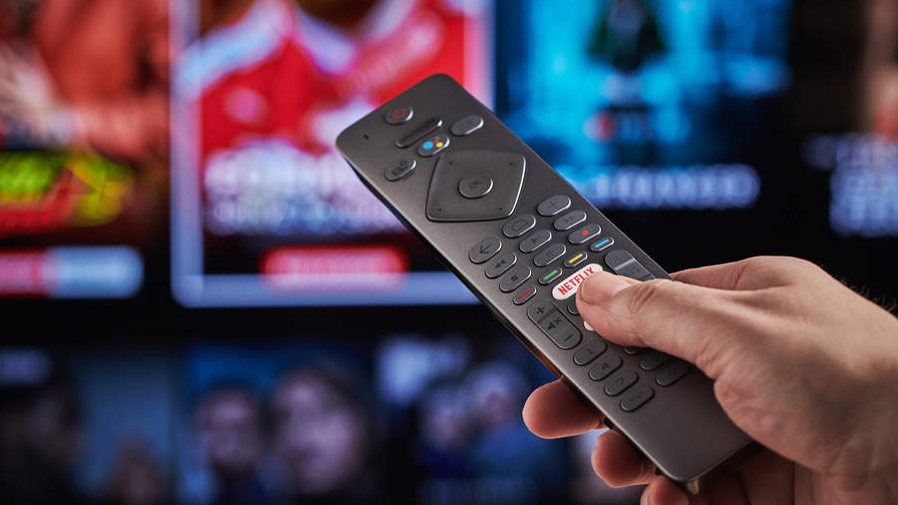
How good your streaming performance is depends largely on how good your broadband performance is. Yet there are still plenty of places around the world, especially (though certainly not exclusively) in rural areas, where broadband speeds are still pretty pathetic. This is why Netflix and Amazon have put so much effort into their video compression and scaling systems, so that they can still deliver passable results to as wide a range of properties as possible. While compression has undoubtedly improved greatly in recent years, though, there’s still a limit to what’s possible in terms of picture quality.
When it comes to Sony’s high-bandwidth Bravia Core service, there are many areas even in towns and cities that can’t get broadband speeds even close to the 80Mbps needed to unlock the full image quality potential.
With 4K Blu-ray discs, the player always delivers the same large data bandwidths for a film’s picture quality regardless of your broadband infrastructure.
3. Consistency
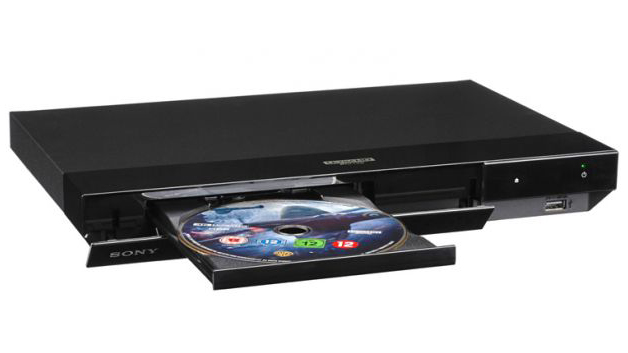
If you play a film on Blu-ray or 4K Blu-ray, you always get EXACTLY the same experience. The amounts of data stored on the disc never change from play to play. If you rely on streaming, however, the quality of your experience can be affected by other factors such as broadband contention rates in your area at the time you’re viewing, other members of the household streaming video at the same time, your router’s wi-fi capabilities and so on.
During the first year of Covid we even had a single member of the EU Commission essentially forcing all of the main video streaming platforms to hobble their streaming bandwidth, with significant impact on picture quality, due to some unnecessarily apocalyptic concerns about potential broadband bandwidth shortages.
With a disc played in a decent disc player, no external factors can mess with what you see.
We should add in fairness that some streamed movies can look very good. Particularly often, we’ve found, if streamed in 4K HDR from Apple iTunes. But 4K Blu-rays still have an edge even over the best streams.
4. True creative intent
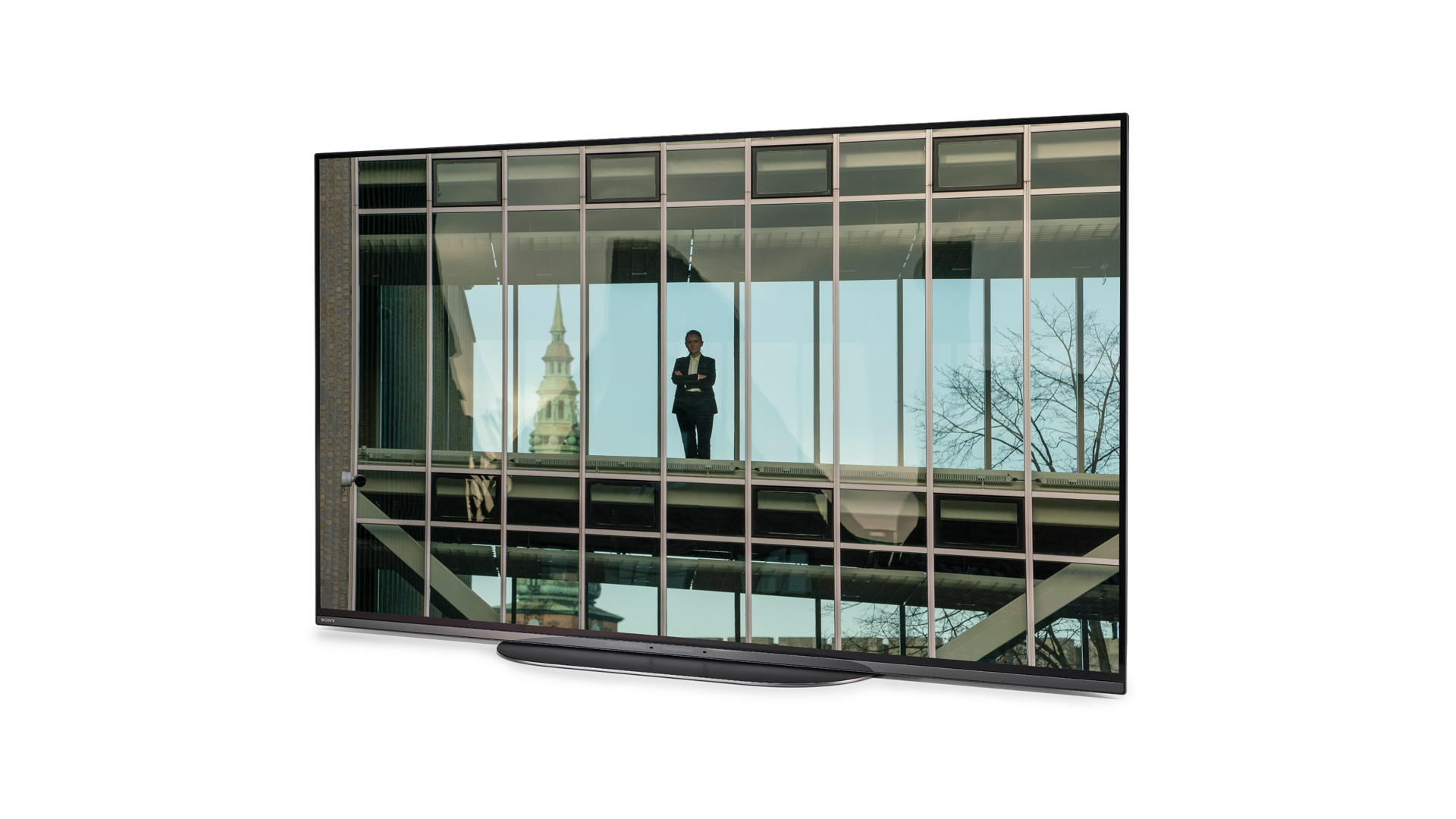
The video masters provided on the vast majority of disc releases are carefully crafted in professional mastering studios by specialists steeped in knowledge of how the filmmakers wanted their titles to look. The results are often dependent on a sign-off by those filmmakers, or sometimes even created under their close supervision.
The final signed-off master is put directly on the disc in exactly the same form that it was created, with only minimal potential compromises caused by the need to fit all the picture and sound data onto the space available on whatever capacity 4K Blu-ray disc is being used.
With streamed movies, other factors can mess with a film’s look. Streaming bandwidths, again, can impact how much compression streamed pictures have to contend with, resulting in lost detail and blocking problems. The latter can be particularly severe in dark picture areas, resulting in not just a blocky mess that distracts you from the parts of the picture you’re supposed to be focusing on, but also raised black levels that reduce the image’s contrast.
Frame rates can go awry with streamed content too, and with Amazon Prime Video, at least, some non-HDR content looks strangely washed out in dark areas.
5. Sound quality
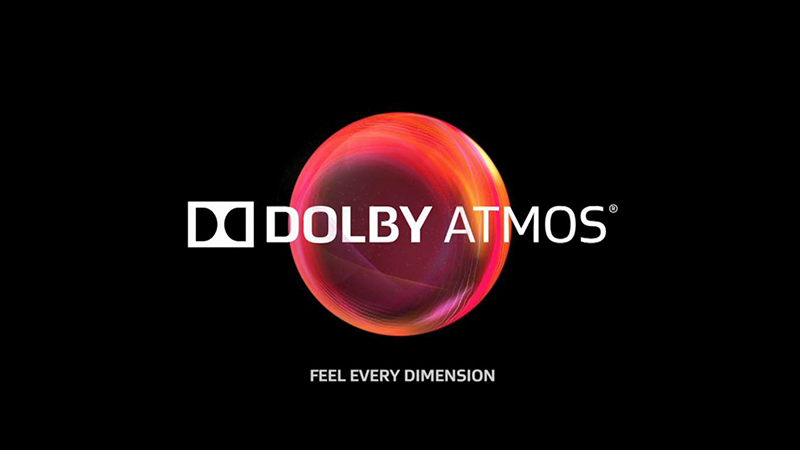
Now that most of the biggest streaming services support Dolby Atmos soundtracks, you might think that there will be no difference in the sound quality you get from a streamed film and the soundtrack on a Blu-ray or 4K Blu-ray. Actually, though, not all Dolby Atmos soundtracks are equal.
The thing is, Dolby Atmos tracks for streaming are delivered in a so-called Dolby Digital Plus (DD+) format that uses compression to help them fit into smaller streaming bandwidths, while the Dolby Atmos soundtracks on discs are provided in an uncompressed ‘TrueHD’ format thanks to much larger data rates discs can sustain. This means that Dolby Atmos soundtracks on disc can sound significantly clearer, more dynamic and more impactful than their streaming equivalents. For some AV fans, in fact, this difference is even more compelling a reason to stick with discs over streams than the potential picture differences.
6. You actually own a disc

If you buy a movie on a disc, you actually own it. Short of being burgled, nobody can take it away from you. Unless you decide at a later date to sell it on eBay and get some of your money back.
Buy a streamed film, and you don’t truly own it. You’ve effectively bought a license to play it as often as you like so long as it’s available on the platform you bought it from – but we’ve seen plenty of examples over the years of titles suddenly disappearing from the platforms you bought them on due to changes in the ownership rights between streaming platforms and studios.
Of course, you can sometimes rent films to stream for much less than a disc costs, and sometimes films are included in general streaming service subscription charges. In these instances, if you don’t care too much about watching a particular title in the best quality you could, a stream is just fine. If you care about a film enough to buy it, though, then wouldn’t you want to actually buy it in a form where it is definitely and always yours?
7. Disc boxes can look nice

We get that some people just hate having to find space in their home for movie disc boxes. Personally, though, we quite like having a substantial rack of actual physical, tangible things we can browse and caress (OK, maybe that’s going a BIT far) as a reminder of our movie-loving habit.
What’s more, some Blu-rays and 4K Blu-rays benefit from seriously attractive packaging that’s just a pleasure to own. Especially, often, if you’re able to get a so-called steelbook release, with their unique artworks and metallic cases.
8. Extra features
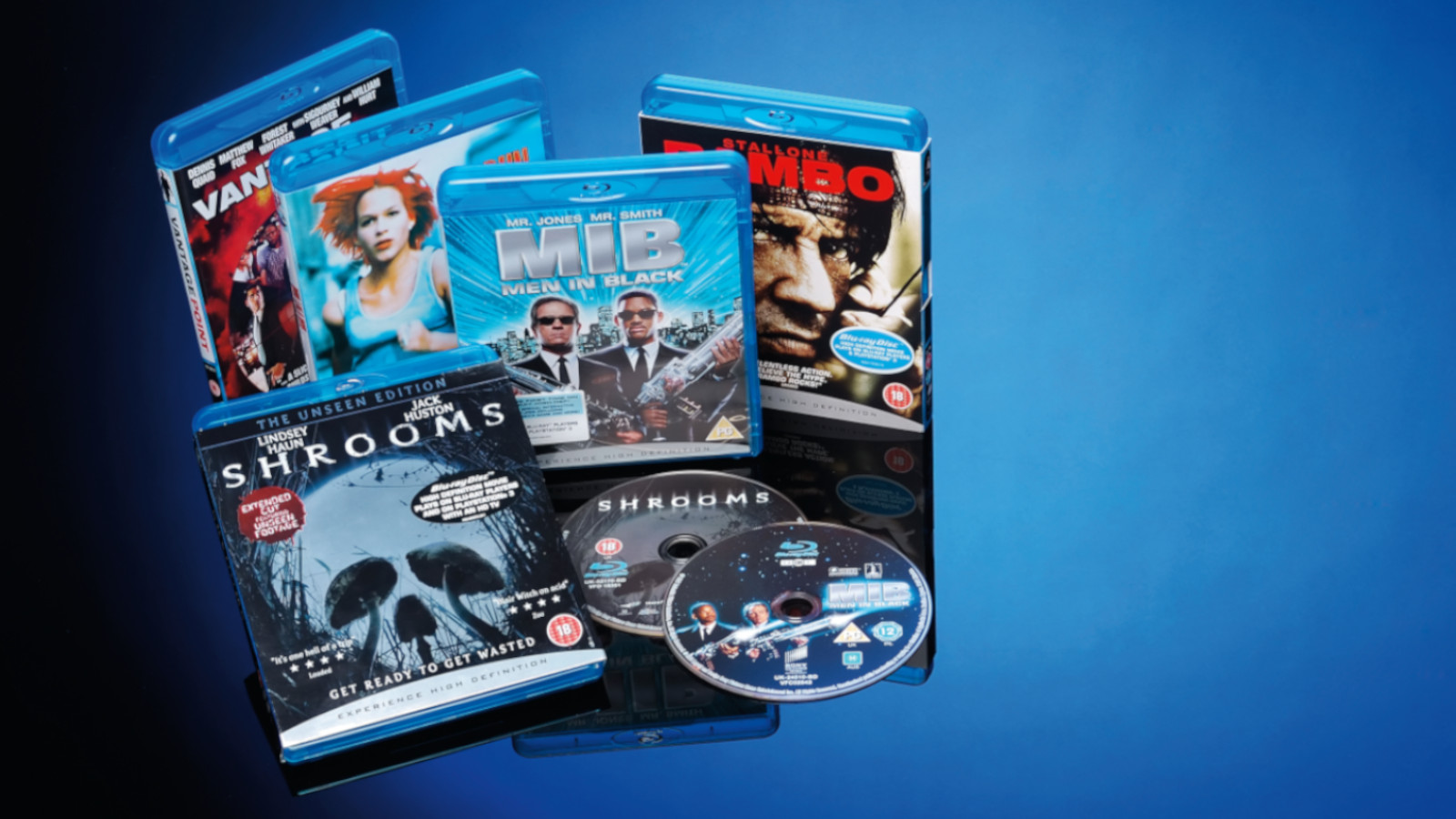
Almost all Blu-rays and 4K Blu-rays carry a selection of special features alongside the film. These can range from ‘making of’ documentaries and deleted scenes to storyboards and commentary tracks. The quality and quantity of such extras can vary massively from title to title, and they’re not everyone’s cup of tea. For serious film fans, though, they can be great value and offer fascinating extra insights into the filmmaking process.
It has become more common in recent times for retailers of streamed movies to make some special features available for streaming too once you’ve bought a film. Occasionally you even get a feature that’s exclusive to your streaming service. More often than not, though, it’s a film’s disc release that benefits from the most comprehensive suite of extra features.
Final thoughts
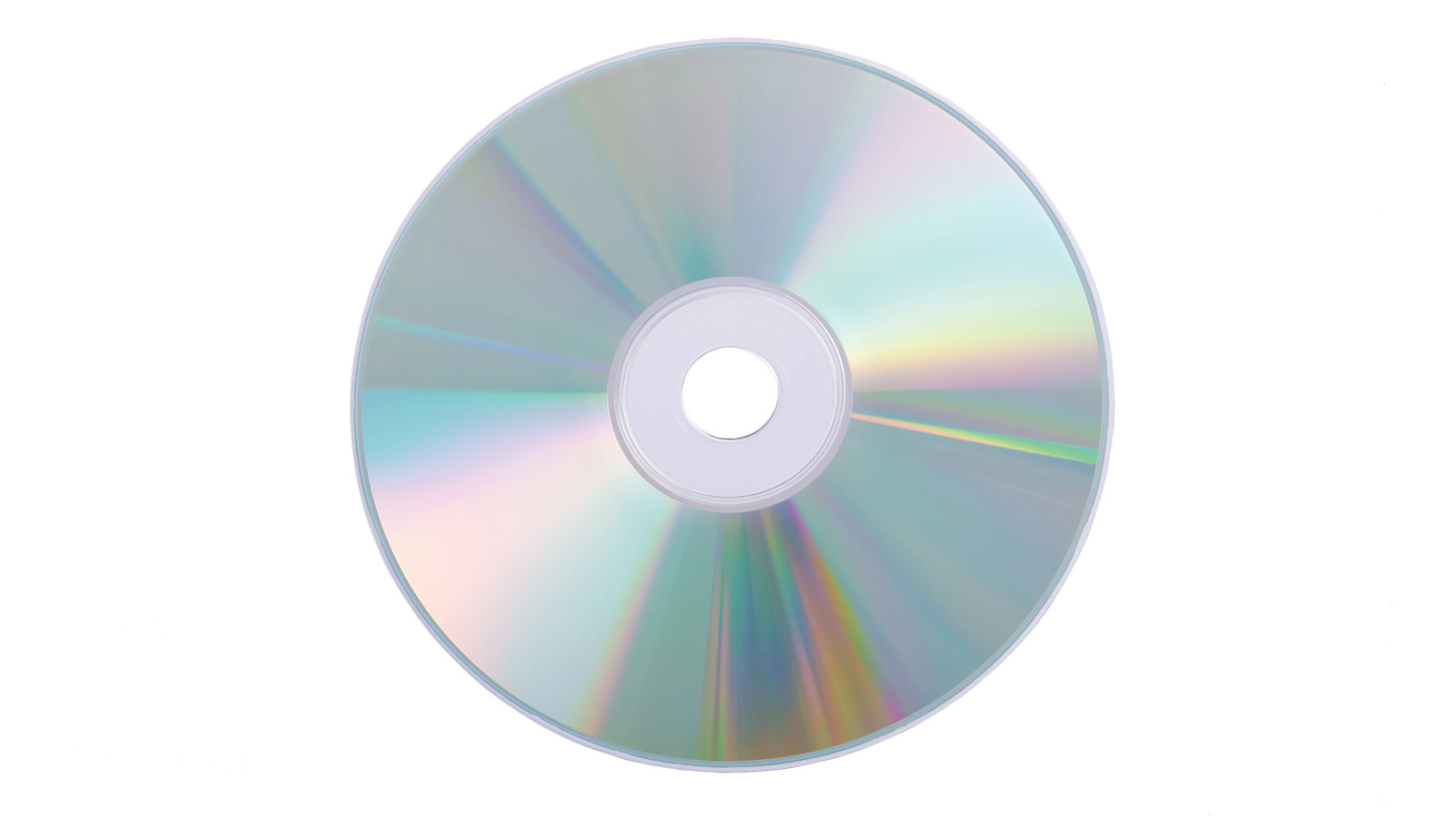
There will always be people – and lots of them – for whom the convenience of streaming trumps the ‘hassle’ of buying films on discs. Particularly if they’re not prone to watching films multiple times; they just don’t care about the extra immersion you get with truly top quality picture and sound; or they don’t have a home cinema system (big, high quality TV and some sort of good quality Dolby Atmos sound system) required to get the best out of everything a movie disc has to offer.
At the same time, though, while the more casual movie fan market (the sort of people probably still buying DVDs today) may well turn increasingly to streams for their movie needs in the coming years, there will be a big enough enthusiast market to keep disc releases coming for many years yet. Especially as premium TVs, surround sound systems and soundbars keep getting better and better, and so keep raising the expectation bar for just how good a home cinema experience can be.
MORE:
Convinced? Here are the best 4K Blu-ray players you can buy
Make sure you've also got one of the best TVs to go with it
Don't forget the sound: here are the best soundbars
John Archer has written about TVs, projectors and other AV gear for, terrifyingly, nearly 30 years. Having started out with a brief but fun stint at Amiga Action magazine and then another brief, rather less fun stint working for Hansard in the Houses Of Parliament, he finally got into writing about AV kit properly at What Video and Home Cinema Choice magazines, eventually becoming Deputy Editor at the latter, before going freelance. As a freelancer John has covered AV technology for just about every tech magazine and website going, including Forbes, T3, TechRadar and Trusted Reviews. When not testing AV gear, John can usually be found gaming far more than is healthy for a middle-aged man, or at the gym trying and failing to make up for the amount of time he spends staring at screens.
